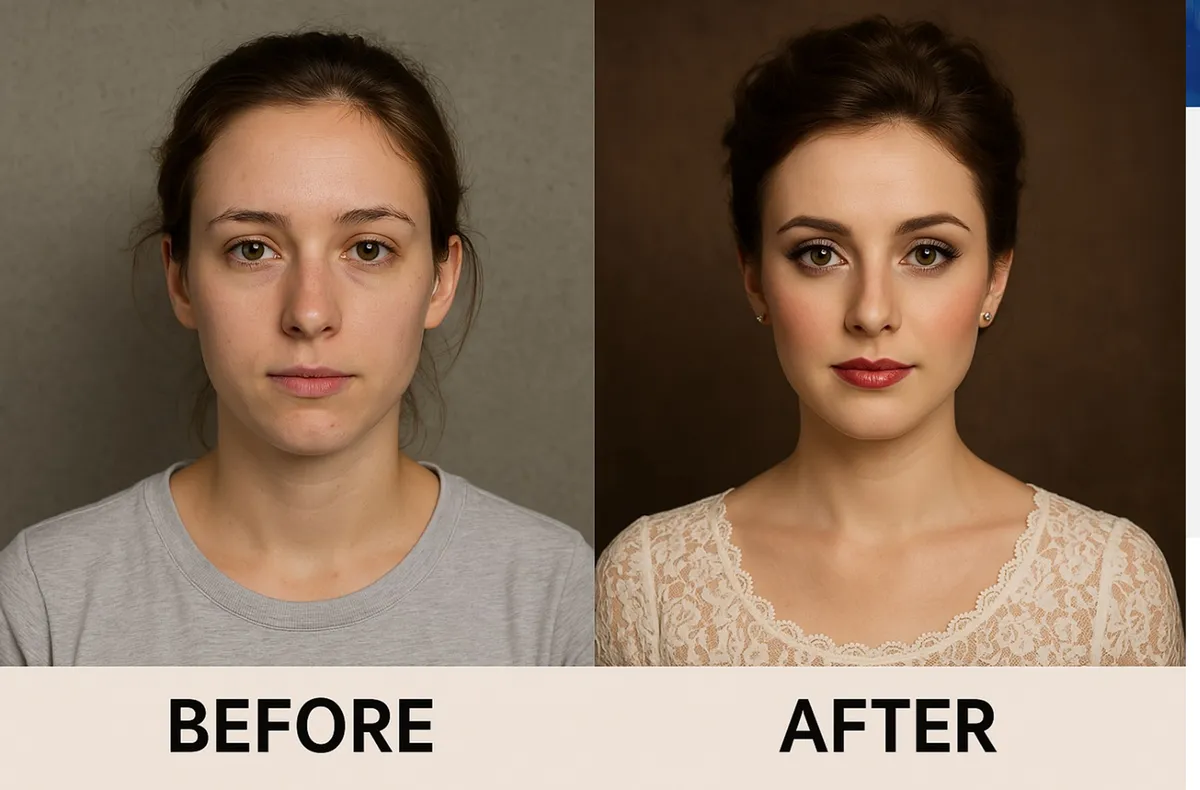Software Architecture is Like Beauty

In 2014, American journalist Esther Honig launched a visual project called Before & After to explore how beauty standards vary across cultures. She sent an unedited photo of herself to freelance Photoshop editors in over 25 countries with a single instruction: “Make me beautiful, according to your country’s standards.”
The results were striking. Some edits transformed her so drastically that she became nearly unrecognizable. Editors altered her skin tone, eye color, hair style, and even facial structure. Honig’s project underscored a powerful truth: beauty is not a universal standard—it’s a social construct. What one culture considers attractive may be completely different, or even the opposite, in another.
The same can be said of software architecture.
Like beauty, software architecture is shaped by culture—albeit a global and technical one. It is also a social construct, rooted in shared knowledge, evolving norms, and collective stories. Great software architects, in fact, must also be great storytellers—translating complexity into concepts that teams can rally around. Our architectural choices are influenced by trends, experiences, community practices, and historical context.
Just as beauty ideals have evolved—from the rounded figures of the Renaissance to today’s digitally filtered perfection—software architecture trends shift over time. The once-celebrated monolithic design has given way to microservices, serverless, and event-driven architectures. Ask a software architect today about the “ideal” approach, and six out of ten may point to microservices. But had you asked in 2005, the answer might have been layered architectures or service-oriented architecture (SOA).
The difference lies in pace. Beauty standards can shift over centuries. Architectural paradigms may change every decade—or faster, driven by innovation, scale, and global collaboration. And unlike beauty, software architecture transcends geographic borders. Thanks to the Internet, ideas are shared instantly, open-source projects span continents, and teams co-create across time zones. This accelerates both the spread and evolution of architectural patterns.
Ultimately, both beauty and software architecture are fluid, culturally embedded constructs. Each reflects the values, priorities, and ideals of its time and environment. Just as Honig’s project challenged perceptions of beauty, we should also question assumptions in architecture. Why do certain patterns dominate? Who sets the standards? What trade-offs are being made?
By recognizing that neither beauty nor architecture is fixed or absolute, we open ourselves to critical reflection and creative reinvention. Both are shaped by stories, trends, and shared beliefs—and both are constantly being redefined across time and borders.